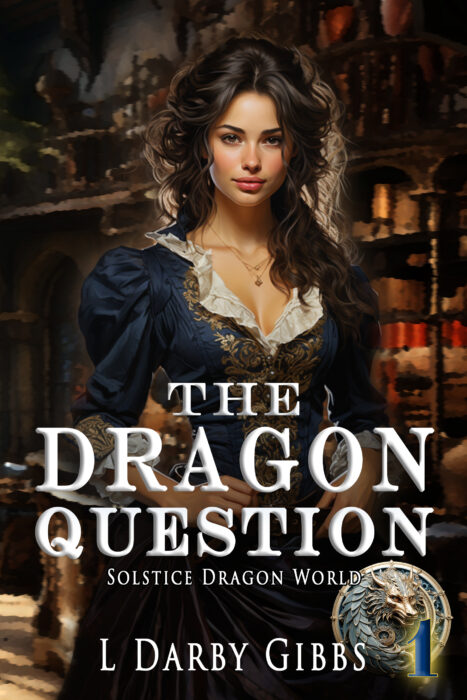Classics I was thinking about Dickens, the Brontës, and Austin vs the current writing guidelines that state one should start with the action and keep things rolling along, active or reactive. But these classic writers were outstanding providers of fine fiction and they did not follow this advice. They practiced the immersion method. Wrap the…
Tag: Findley
January 17, 2015
